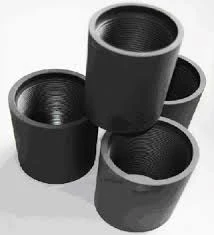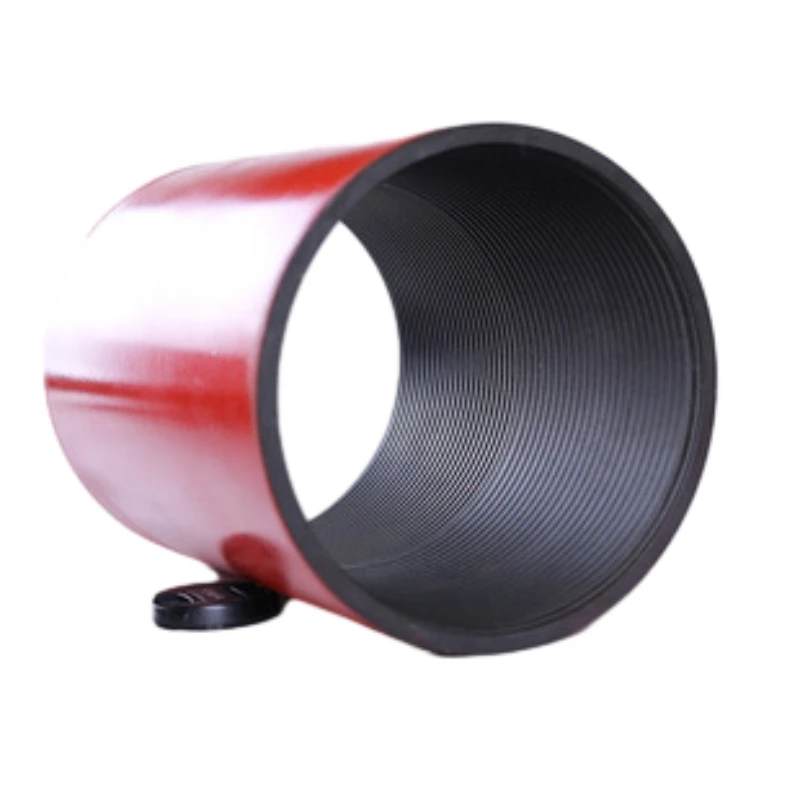- Afrikaans
- Albanian
- Amharic
- Arabic
- Armenian
- Azerbaijani
- Basque
- Belarusian
- Bengali
- Bosnian
- Bulgarian
- Catalan
- Cebuano
- Corsican
- Croatian
- Czech
- Danish
- Dutch
- English
- Esperanto
- Estonian
- Finnish
- French
- Frisian
- Galician
- Georgian
- German
- Greek
- Gujarati
- Haitian Creole
- hausa
- hawaiian
- Hebrew
- Hindi
- Miao
- Hungarian
- Icelandic
- igbo
- Indonesian
- irish
- Italian
- Japanese
- Javanese
- Kannada
- kazakh
- Khmer
- Rwandese
- Korean
- Kurdish
- Kyrgyz
- Lao
- Latin
- Latvian
- Lithuanian
- Luxembourgish
- Macedonian
- Malgashi
- Malay
- Malayalam
- Maltese
- Maori
- Marathi
- Mongolian
- Myanmar
- Nepali
- Norwegian
- Norwegian
- Occitan
- Pashto
- Persian
- Polish
- Portuguese
- Punjabi
- Romanian
- Russian
- Samoan
- Scottish Gaelic
- Serbian
- Sesotho
- Shona
- Sindhi
- Sinhala
- Slovak
- Slovenian
- Somali
- Spanish
- Sundanese
- Swahili
- Swedish
- Tagalog
- Tajik
- Tamil
- Tatar
- Telugu
- Thai
- Turkish
- Turkmen
- Ukrainian
- Urdu
- Uighur
- Uzbek
- Vietnamese
- Welsh
- Bantu
- Yiddish
- Yoruba
- Zulu
ਫਰ. . 13, 2025 10:20
Back to list
casing coupling
In the world of oil and gas extraction, casing couplings play a pivotal role in ensuring the integrity and safety of the drilling operations. These components are critical in connecting lengths of casing used to line the borehole. Understanding the nuances of casing couplings can mean the difference between successful extraction and costly downtime due to equipment failure. This article delves into the essential aspects of casing couplings, backed by real-world experience, technical expertise, and the latest industry insights.
The expertise required in pairing the right casing coupling with the specific demands of each well cannot be overstated. Engineers must consider factors like well depth, expected pressure, environmental corrosiveness, and even potential seismic activity when making selections. This complexity demands a deep understanding of both the engineering principles and the field realities, a combination that only seasoned professionals can provide. The complexity of casing coupling technology has also embraced the latest advancements. For example, manufacturers are now using advanced metallurgy techniques to enhance strength-to-weight ratios, allowing for greater depths with easier handling. Additionally, digital technologies, such as IoT-enabled sensors, are being integrated into casing strings to provide real-time data on coupling performance, offering unprecedented levels of operational insight and preemptive failure prevention. Environmentally, the right choice of casing couplings has broader implications beyond operational efficiency. Effective couplings prevent leaks and the consequent contamination risks associated with oil and gas drilling. Thus, they are not only a matter of operational necessity but an environmental imperative, as their role in preventing spills is crucial. In conclusion, the role of casing couplings in the oil and gas industry is indispensable and multifaceted. From ensuring operational integrity to complying with rigorous industry standards, the choice and maintenance of casing couplings embody a blend of experience, expertise, authoritativeness, and trustworthiness. As the industry moves towards more technologically driven solutions, casing couplings remain at the heart of safe and efficient resource extraction, paving the way for future advancements in drilling operations.


The expertise required in pairing the right casing coupling with the specific demands of each well cannot be overstated. Engineers must consider factors like well depth, expected pressure, environmental corrosiveness, and even potential seismic activity when making selections. This complexity demands a deep understanding of both the engineering principles and the field realities, a combination that only seasoned professionals can provide. The complexity of casing coupling technology has also embraced the latest advancements. For example, manufacturers are now using advanced metallurgy techniques to enhance strength-to-weight ratios, allowing for greater depths with easier handling. Additionally, digital technologies, such as IoT-enabled sensors, are being integrated into casing strings to provide real-time data on coupling performance, offering unprecedented levels of operational insight and preemptive failure prevention. Environmentally, the right choice of casing couplings has broader implications beyond operational efficiency. Effective couplings prevent leaks and the consequent contamination risks associated with oil and gas drilling. Thus, they are not only a matter of operational necessity but an environmental imperative, as their role in preventing spills is crucial. In conclusion, the role of casing couplings in the oil and gas industry is indispensable and multifaceted. From ensuring operational integrity to complying with rigorous industry standards, the choice and maintenance of casing couplings embody a blend of experience, expertise, authoritativeness, and trustworthiness. As the industry moves towards more technologically driven solutions, casing couplings remain at the heart of safe and efficient resource extraction, paving the way for future advancements in drilling operations.
Next:
Latest news
-
Understanding Tubing Crossover: Tools for Enhanced Oilfield OperationsNewsAug.08,2025
-
Tubing Pup Joint: The Ideal Choice for Oil and Gas OperationsNewsAug.08,2025
-
Tubing and Casing: Essential Components in Oil and Gas ProductionNewsAug.08,2025
-
Introduction to Tubing CouplingNewsAug.08,2025
-
Casing Pup Joint: The Essential Component for Oil and Gas OperationsNewsAug.08,2025
-
Casing Coupling: The Essential Link in Well ConstructionNewsAug.08,2025
Related Products







